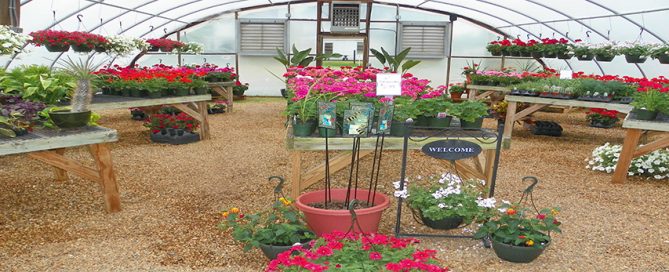How much Sun do my vegetables really need?
What about planting trees, plants and shrubs?
What are some other helpful sites to help me with my garden?
How often should I fertilize
What is the difference between annuals and perennials?
Do you carry everything I need to start a backyard garden?
How much sun do my Vegetables really need?
Vegetables prefer a full day of sun, but if you live in a shady suburb you don’t have to give up the idea of growing vegetables. Here are some minimum sunlight requirements:
1. Fruiting Vegetables – 8 hours of sun This includes tomatoes, peppers, eggplants, and vine crops such as cucumbers, melons, and squash.
2. Root Vegetables – 6 hours of sun Carrots, beets, etc.
3. Leafy Vegetables – 4 hours of sun These are your “greens” such as lettuce, spinach and collards.
*Even though your vegetables may get enough light when planted near a tree, they will not get enough nourishment and water. Vegetables can’t compete with an established tree for essential nutrients and moisture
